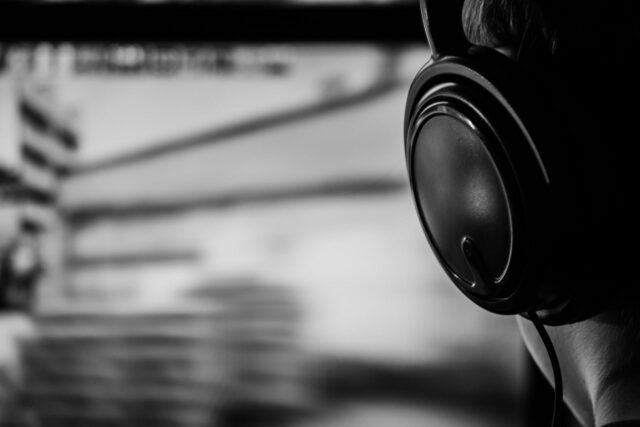Headphones are one of the most essential modern accessories, providing a private listening experience that can enhance listening to music, watching videos and movies, and gaming. However, headphones can easily accumulate dirt, sweat, and bacteria over time, leading to a diminished sound quality, a shorter lifespan, and even potential health hazards. How can we prevent that?
Proper cleaning and care of your headphones can ensure they stay in top condition for longer and sound their best. In this article, we’ll explore some tips and tricks for cleaning and caring for your headphones to help extend their lifespan.
Why is headphone care important?
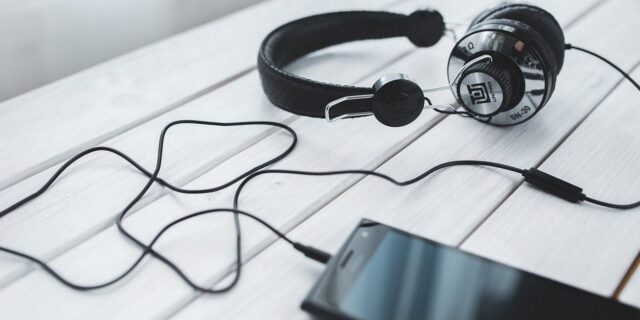
Regular cleaning and maintenance of your headphones are crucial to keep their longevity and sound quality intact. Dust and dirt can accumulate on the surface and inside the headphones, affecting their overall performance. Earwax, which is a natural secretion of the body, can also build up in the ear cups and affect the sound quality. Sweat and moisture can also damage the internal components of the headphones, leading to corrosion and malfunctioning of the electronics.
To avoid these problems, it is essential to clean and care for your headphones regularly. Proper cleaning and maintenance can help prevent the buildup of dirt, dust, and earwax, and extend the lifespan of your headphones. It can also ensure that you get the best possible sound quality out of your headphones.
Tip 1: Choose the Right Cleaning Materials
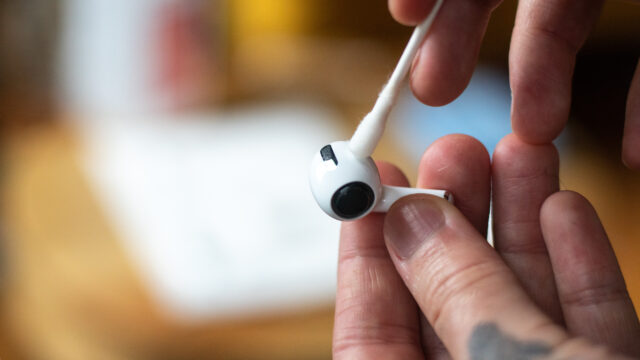
Before cleaning your headphones, it’s important to choose the right cleaning materials. Avoid using chemicals or solvents, which can damage the headphone materials, including the ear cups, cushions, and drivers (speakers). The linen you’re using for cleaning shouldn’t be too rough and harsh as well. Instead, opt for a soft, lint-free cloth or a microfiber cleaning cloth. You can also use a soft-bristled brush, like a toothbrush, to clean hard-to-reach areas.
If you’re dealing with a lot of grime or oil buildup, a mild detergent or soap can be used, but it’s important to avoid getting moisture into the headphone’s electronics. You can also use a specialized cleaning solution that’s specifically designed for headphones or audio equipment.
If your headphones have any detachable parts, remove them before cleaning. This will make it easier to access the areas that need cleaning.
Tip 2: Regularly Clean the Ear Cups and Cushions
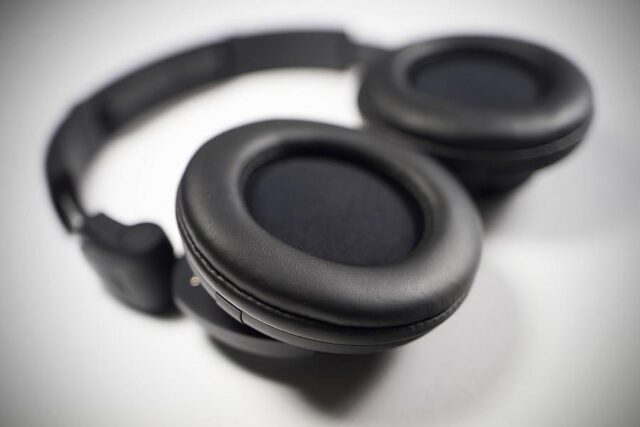
The ear cups and cushions on your headphones are one of the most important components to keep clean, as they come in direct contact with your skin and accumulate sweat, oil, and bacteria the fastest. To clean them, gently remove the cushions from the ear cups and wipe them down with a soft cloth or brush. If the cushions are especially dirty, they can be hand-washed with mild soap and warm water, then left to air dry. Never heat or tumble dry them.
For the ear cups, use a soft cloth or brush to wipe away any dirt or grime, then apply a small amount of cleaning solution to the cloth and wipe down the surface. Be sure to avoid getting any liquid into the ear cup, as this can damage the electronics inside. Because of this, always pour the liquid on the cloth, and never on the headphones themselves.
Tip 3: Don’t Forget About the Cable
The cable is yet another important component of your headphones that can accumulate dirt and grime over time. To clean it, gently wipe down the cable with a soft cloth or brush, being careful not to twist or kink the cable. If there are any knots or tangles in the cable, gently untangle them with your fingers, as pulling on the cable can damage the wires inside.
If the cable is detachable, it’s important to remove it from the headphones before cleaning it. You can then wipe down the cable with a soft cloth or brush and apply a small amount of cleaning solution to remove any stubborn stains or dirt. Avoid wetting the ends of the cable, as plugging in a wet tip might cause electrical damage.
Tip 4: Store Your Headphones Properly
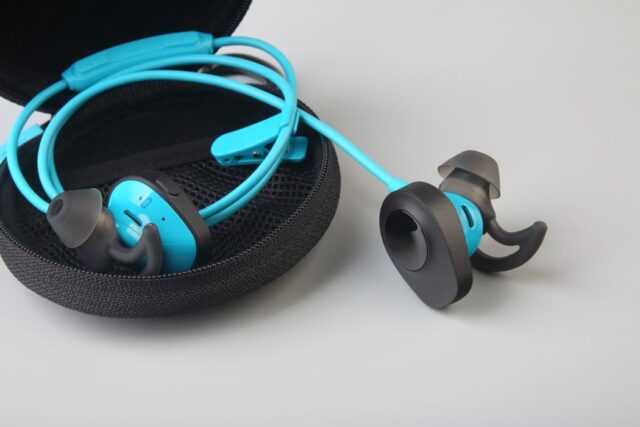
Proper storage of your headphones will definitely help extend their lifespan. When not in use, store your headphones in a cool, dry place, away from direct sunlight or heat sources. Avoid wrapping the cable tightly around the headphones, as this can cause the cable to become tangled or kinked.
If your headphones came with a carrying case, use it to store your headphones when not in use. This can help protect them from dust, scratches, and other damage. If they didn’t, we recommend buying one – especially if you frequently take your headphones with you when leaving the house.
Tip 5: Handle Your Headphones with Care
In addition to cleaning and proper storage, handling your headphones with care can also help extend their lifespan. Avoid dropping or throwing your headphones, as this can damage the internal components – but that much is pretty self-explanatory. When putting your headphones on or taking them off, handle them gently, being careful not to stretch or twist the headband or ear cups.
Keep a keen eye on your cable – you don’t want to trample it with your chair. This is one of the most common causes for headphone damage, so keep the cable off the floor if possible.
It’s also important to avoid exposing your headphones to extreme temperatures or humidity, as this can cause damage to the electronics inside. If you’re traveling with your headphones, keep them in a protective case and avoid just wearing them on your neck.
Tip 6: Don’t share your headphones
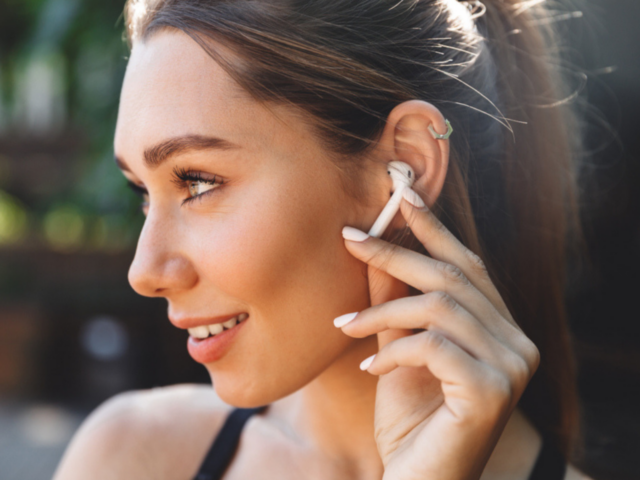
Sharing your headphones with others can transfer bacteria and germs, which can lead to ear infections or other health issues. It’s best to avoid sharing your headphones and instead use your own personal pair, especially if they are earbuds.
Tip 7: Not all headphones should be used during exercise
Sweat can easily damage the internal components of your headphones, causing corrosion and short-circuits. For this reason, regular headphones should not be used during exercise. Sports headphones make use of sweat-resistant materials and waterproofing, which protects them from damage. Salt from your sweat can also crystallize on the ear cups, leaving white marks and potentially damaging the material – especially leather.
Read also this article.

